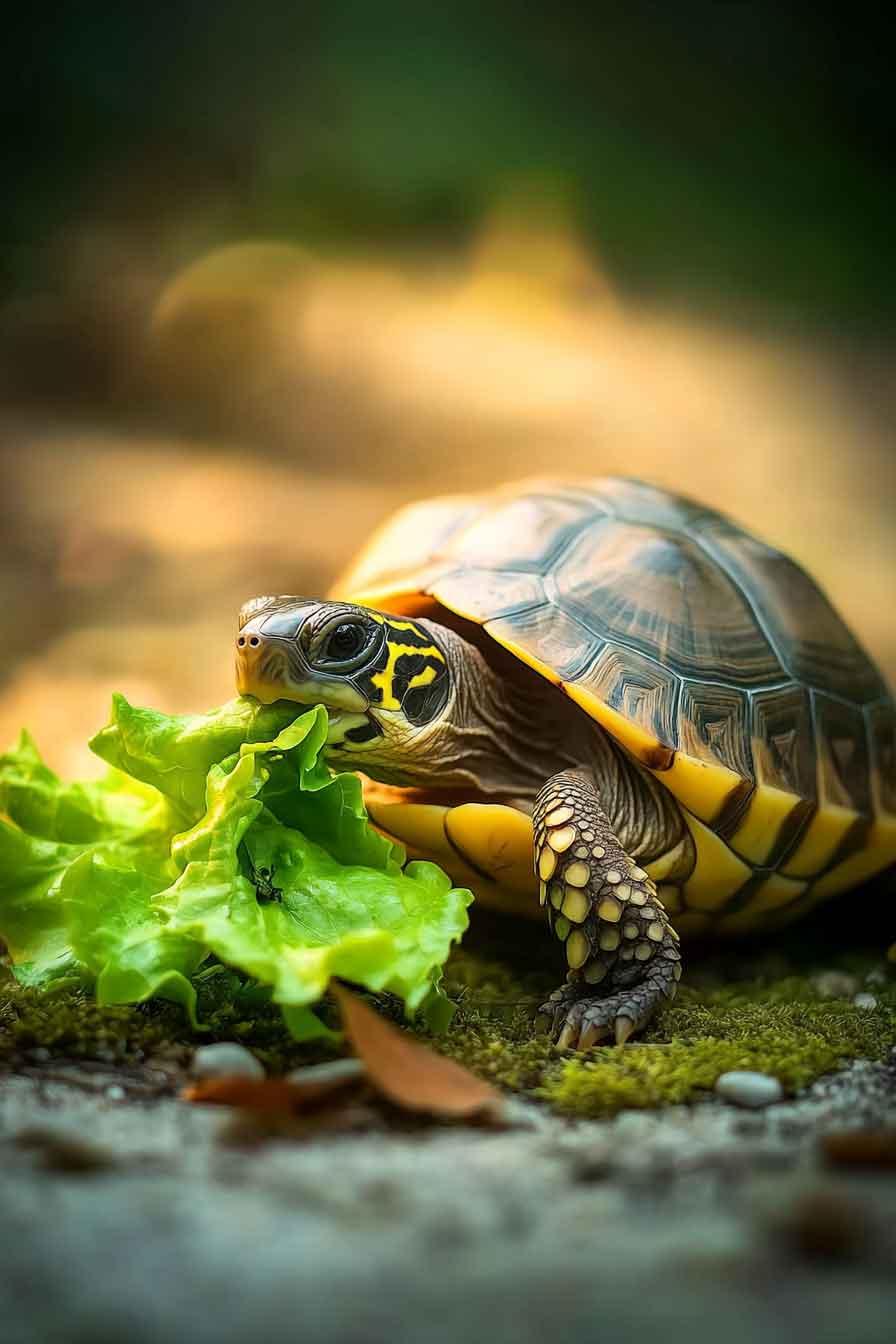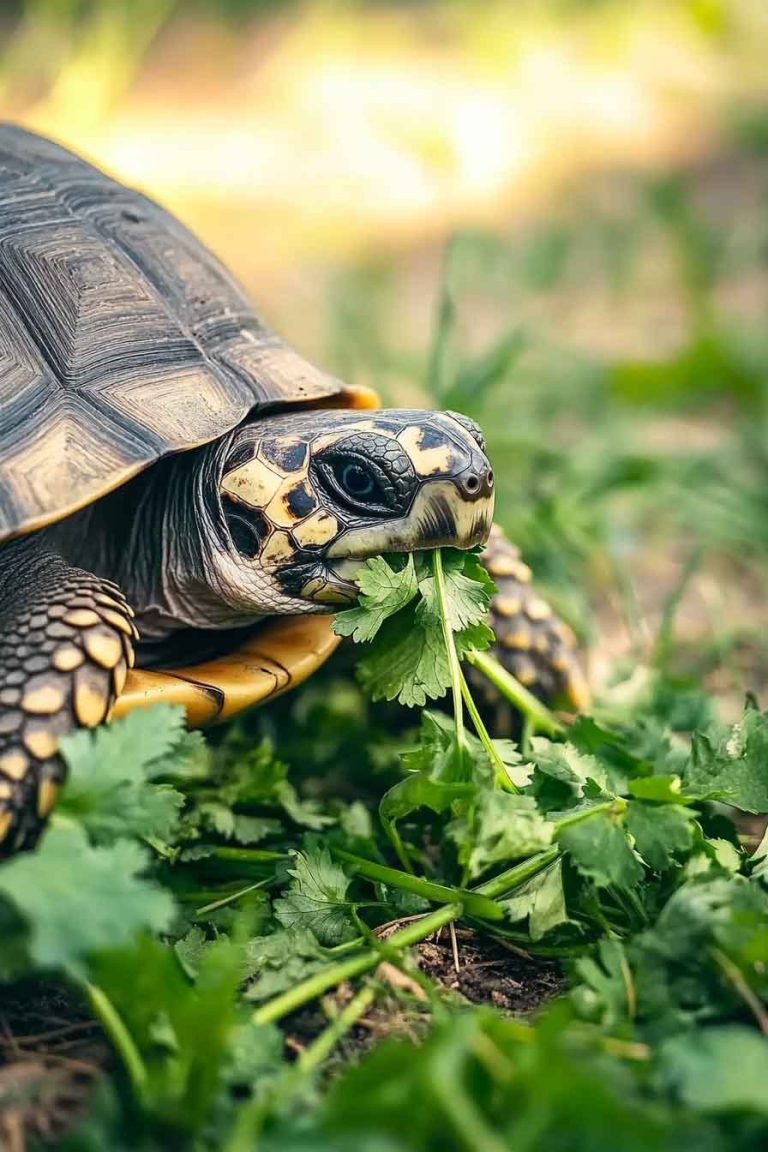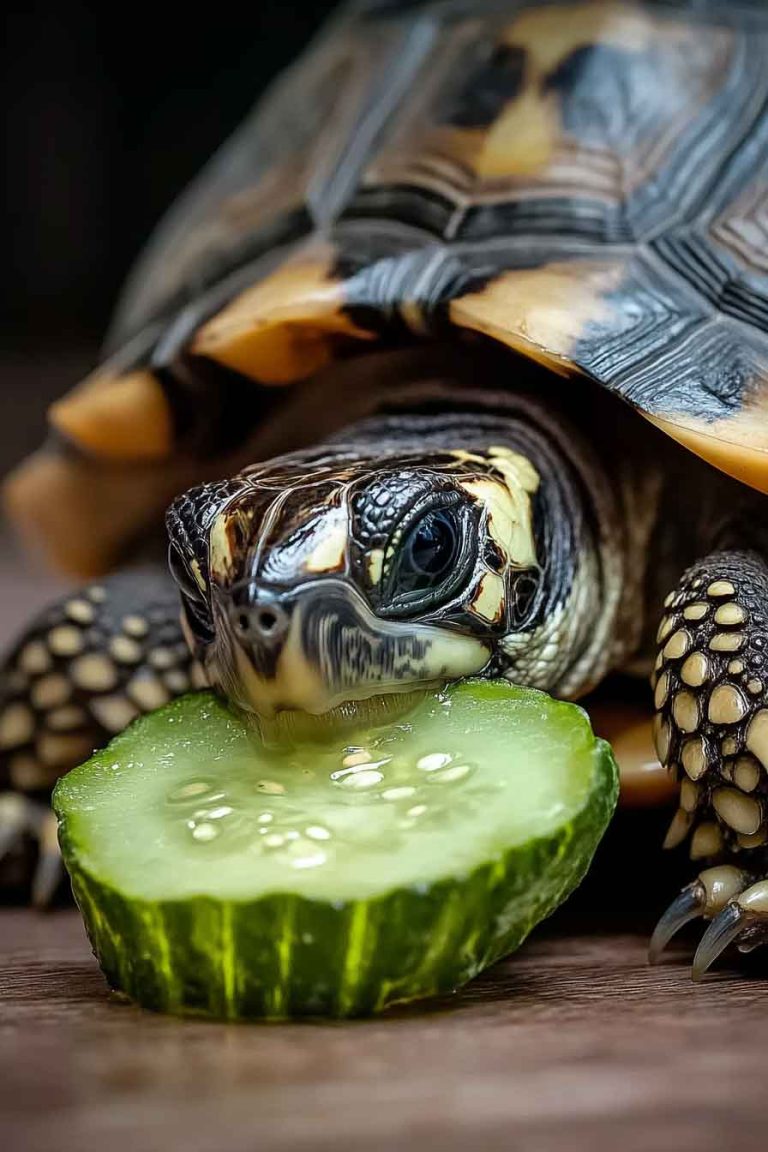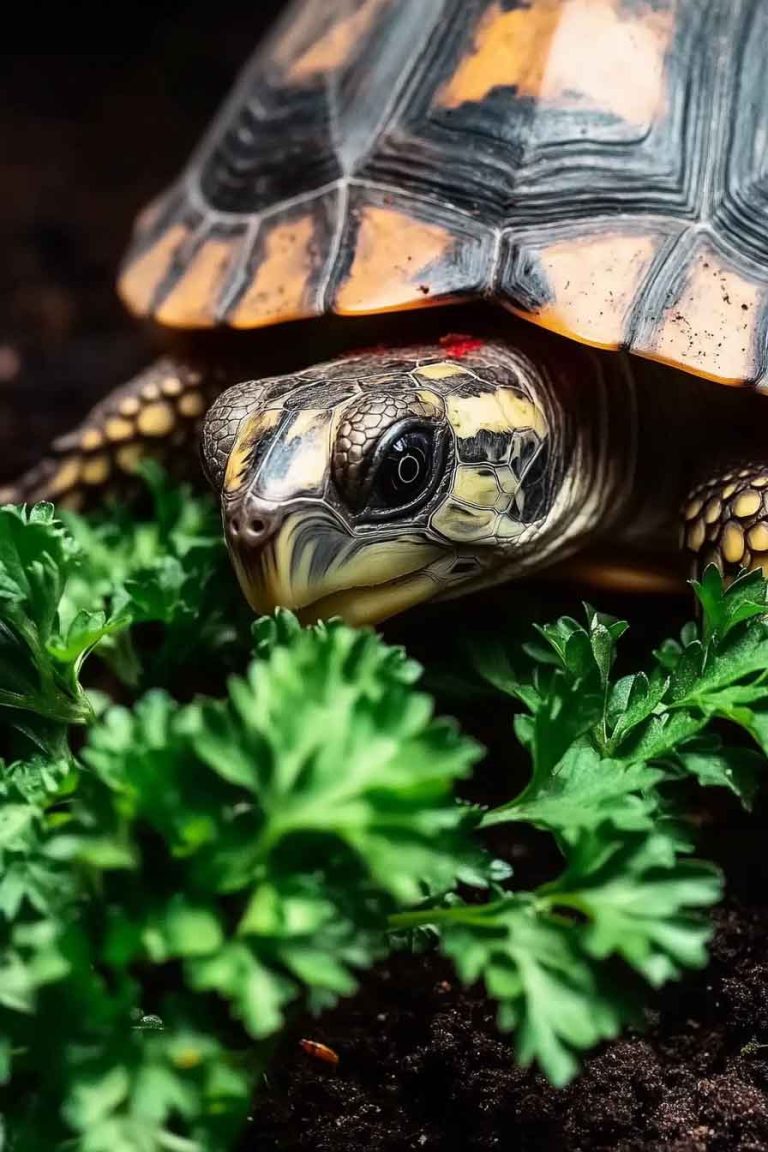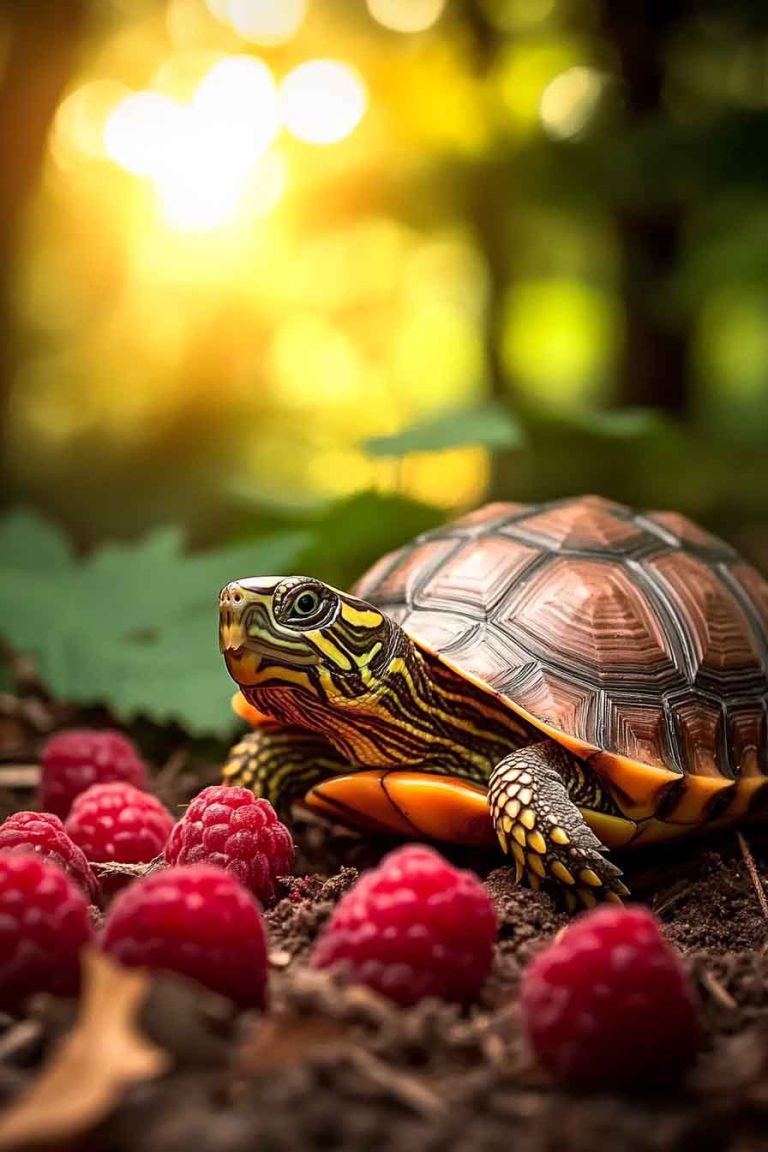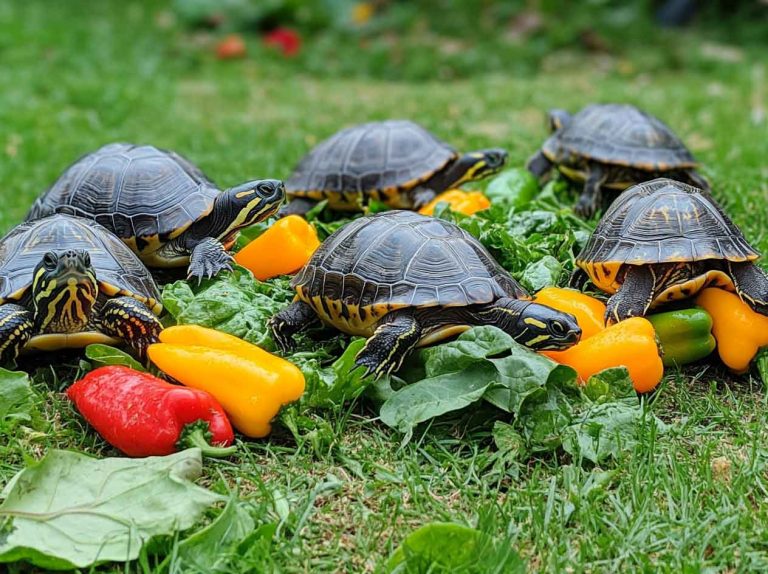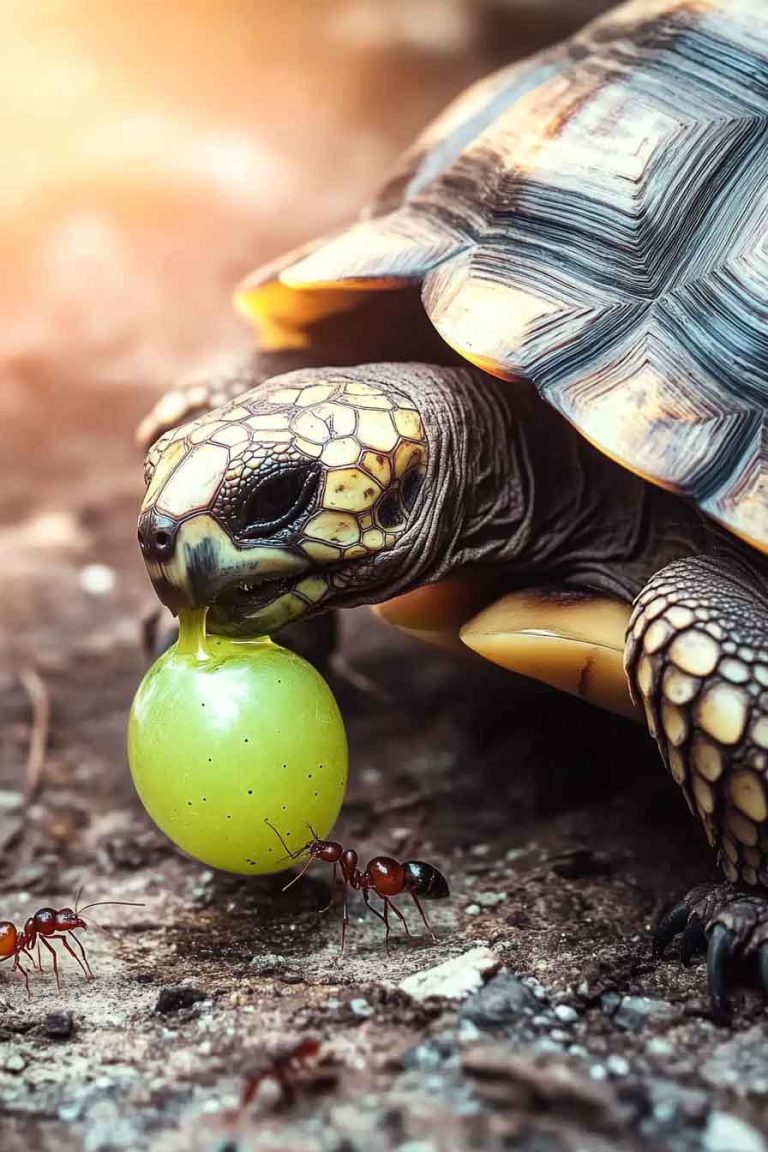Can Turtles Eat Lettuce? – Is It Really a Healthy Option for Turtles?
If you’re like me and have a turtle at home, you’ve probably thought about feeding it a leaf of lettuce. I sure did. It’s soft, it’s green, and it feels like something a turtle would eat out in the wild. But I didn’t want to assume—I wanted to know for sure. So I did some…
If you’re like me and have a turtle at home, you’ve probably thought about feeding it a leaf of lettuce. I sure did. It’s soft, it’s green, and it feels like something a turtle would eat out in the wild. But I didn’t want to assume—I wanted to know for sure. So I did some digging.
Can turtles eat lettuce? Yes, they can. But here’s what I found: not all lettuce is healthy for turtles. Some types are fine in small amounts. Others should be avoided or fed only once in a while. So while lettuce can be part of a turtle’s diet, it shouldn’t be the only thing they eat.
In this post, I’ll explain which lettuces are good, which aren’t, and how to feed them the right way. I’ll also break down the nutrients and tell you what I give my own turtle.
Can You Feed Lettuce To Your Pet Turtle?
Yes, you can—but with limits. Turtles are omnivores. That means they eat a mix of plant-based and animal-based foods. In the wild, turtles eat a lot of leafy plants, so it makes sense that they would eat lettuce too.
But here’s the key: not every type of lettuce gives your turtle the nutrients they need.
Let me go over the main types of lettuce I see people feed turtles, and what I’ve learned about each one:
- Romaine lettuce – This is the best one to offer. It has more nutrients than other types, like vitamin A and some calcium. It’s my go-to choice when I want to add greens to my turtle’s meal.
- Green leaf or red leaf lettuce – These are also decent options. They have slightly fewer nutrients than romaine but are still okay when given in moderation.
- Iceberg lettuce – This is the one I avoid. Iceberg is made up of mostly water and hardly any useful vitamins or minerals. It can also lead to soft stool or diarrhea if your turtle eats too much of it.
So yes, turtles can eat lettuce—but stick with the nutrient-rich kinds. And don’t overdo it. Just because they like it doesn’t mean it’s enough to keep them healthy.
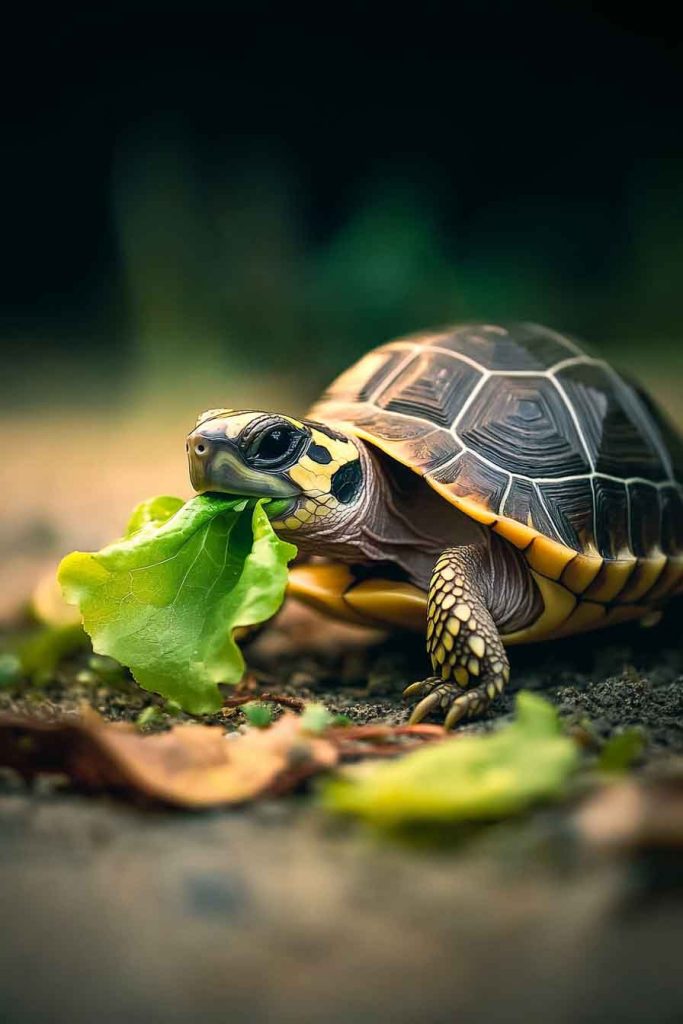
What Nutrients Are in Lettuce?
To really know if lettuce is good for turtles, we need to look at the actual nutrition. Here’s a breakdown of what’s in 100 grams of romaine lettuce, which is the healthiest variety for turtles:
- Water: 95.6 g
- Carbohydrates: 3.3 g
- Protein: 1.2 g
- Calcium: 33 mg
- Phosphorus: 30 mg
- Vitamin A: 8710 IU
- Vitamin C: 4 mg
- Folate: 136 mcg
- Potassium: 247 mg
Now, at first glance, that seems pretty good. It’s got water, some vitamins, and a bit of calcium. But there’s a catch.
For turtles, the calcium-to-phosphorus ratio matters a lot. Turtles need about twice as much calcium as phosphorus in their diet to keep their shells and bones strong. If they eat too many foods that have more phosphorus than calcium, it throws off that balance.
And romaine lettuce, while better than iceberg, still doesn’t have a great ratio. It’s almost 1:1, which isn’t ideal. Over time, too much of that can lead to calcium deficiency, which might cause Metabolic Bone Disease—a condition where your turtle’s bones become soft or deformed.
So while romaine is okay as part of a meal, I don’t treat it as the main course. It’s more of a supplement or a filler to go with more balanced foods like dark leafy greens, calcium-rich veggies, or pellet food made for turtles.
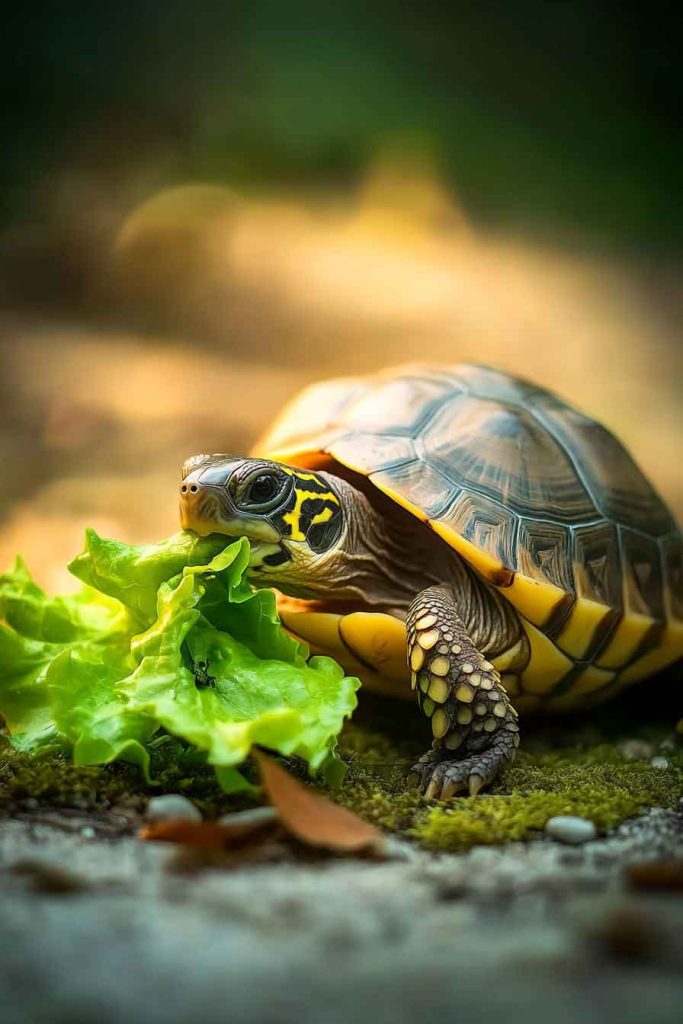
Are There Any Health Risks From Lettuce?
You might think, “It’s just lettuce—how can it be harmful?” I thought the same thing at first. But once I looked deeper, I realized that feeding too much lettuce—especially the wrong kind—can cause issues.
1. Poor Nutrition
The biggest problem with lettuce is that it’s low in key nutrients. Some types, like iceberg lettuce, are almost all water and very little else. Feeding your turtle lettuce too often can lead to nutritional gaps, especially if it replaces better food like turtle pellets, leafy greens, or calcium-rich vegetables.
A turtle that only eats lettuce may not get enough of the vitamins and minerals they need to grow properly. Over time, that can make them weak, inactive, or even sick.
2. Calcium Deficiency
Turtles need a 2:1 calcium to phosphorus ratio in their food. But lettuce—especially iceberg and even romaine—has phosphorus levels that are close to or higher than calcium.
Too much phosphorus in the diet can block calcium absorption. And when a turtle’s body doesn’t get enough calcium, it starts pulling calcium from their own bones and shell. This leads to a serious condition called Metabolic Bone Disease (MBD).
Signs of MBD include:
- Soft or bumpy shells
- Trouble walking or swimming
- Weak legs
- Loss of appetite
- Deformed growth
It’s a painful and often permanent condition. So even though lettuce seems harmless, it can become part of the problem if fed too often and without balance.
3. Diarrhea and Digestive Issues
Turtles have sensitive stomachs. Lettuce with too much water and not enough fiber (like iceberg) can loosen their stool. If your turtle starts having soft or runny droppings after eating lettuce, it might be a sign that you’re feeding the wrong type or giving too much.
That’s why I always watch how much lettuce I feed, and I mix it with other high-fiber greens or veggies to keep things balanced.
Can Baby Turtles Eat Lettuce?
This is a question I get a lot. I’ve raised a few baby turtles, and I can tell you—yes, baby turtles can eat lettuce, but it has to be done carefully.
Baby turtles need more protein and calcium than adults. They’re still growing, so their shells, bones, and muscles need strong, nutrient-rich foods. Lettuce, especially the low-nutrient types, just doesn’t offer enough.
If you give lettuce to a baby turtle:
- Make sure it’s romaine, red leaf, or green leaf
- Chop it into small pieces so they can chew it easily
- Only offer it occasionally, not daily
- Always pair it with more nutritious food like bloodworms, turtle pellets, or calcium dusted veggies
Lettuce is soft and easy to digest, which is good—but it’s not a full meal. I use it as a snack or side, not a main food.
How Often Should Turtles Eat Lettuce?
Here’s what works best for me:
- Adult turtles: I feed small pieces of romaine or green leaf lettuce 1–2 times a week, mixed with other greens like dandelion, mustard greens, or kale.
- Baby turtles: I offer lettuce maybe once a week, and only as a small portion alongside higher-protein foods.
Think of lettuce like a salad dressing—nice to have, but not something to build a whole meal around.
Can All Turtle Species Eat Lettuce?
Not all turtles have the same diet, so it’s important to understand how different types react to lettuce. I’ve had both aquatic and land turtles, and here’s what I’ve learned from experience and research.
Box Turtles
Box turtles are omnivores. They eat both plants and insects. Romaine and red leaf lettuce are fine in small amounts, but they need more variety—things like worms, snails, berries, mushrooms, and dark leafy greens. Lettuce alone won’t meet their needs.
Red-Eared Sliders
These are semi-aquatic turtles and very common as pets. Red-eared sliders can eat lettuce, but they need calcium-rich foods and protein, especially when they’re younger. I feed mine lettuce maybe once or twice a week as part of a mixed salad with turtle pellets and cut veggies.
Painted Turtles
Painted turtles tend to eat more plant matter as they get older. Lettuce is safe, but like with the others, it shouldn’t be a daily staple. I find they enjoy it most when it’s paired with other leafy greens or floating aquatic plants.
Aquatic Turtles in General
If you have an aquatic turtle, you can definitely offer lettuce as part of their plant intake. Just be sure it’s the right type, and that you’re giving them variety. Aquatic turtles often enjoy water plants like duckweed or anacharis more than dry lettuces.
Frequently Asked Questions (FAQs)
Can turtles eat lettuce every day?
They can, but they shouldn’t. Even with romaine or red leaf, lettuce lacks the full range of nutrients turtles need. Feeding it daily could cause calcium imbalances over time.
What’s the best kind of lettuce for turtles?
Romaine is the best commonly available lettuce. It has more vitamins and minerals than iceberg and is low in oxalates. Green and red leaf lettuce are also safe and nutritious.
Is iceberg lettuce toxic to turtles?
No, it’s not toxic—but it’s almost all water and has very little nutrition. It can lead to soft stools and shouldn’t be part of their regular diet.
Can baby turtles have lettuce?
Yes, but only occasionally, and in very small amounts. Baby turtles need a more protein-heavy, calcium-rich diet. Lettuce should not replace those key foods.
How should I serve lettuce to my turtle?
Wash it thoroughly, tear it into small pieces, and never season it. Serve it raw, and mix it with other safe vegetables to give your turtle a balanced meal.
Conclusion
So, can turtles eat lettuce? Yes—if it’s the right kind and in the right amount.
Lettuce can be a healthy snack for turtles, especially romaine, red leaf, or green leaf. But it’s not a complete food. Feeding too much lettuce—or feeding the wrong kind—can lead to health problems over time, like soft shells or weak bones.
I use lettuce as a treat or salad base, not the main dish. It keeps things fresh for my turtle, but I always balance it with calcium-rich greens, safe fruits, and a good pellet mix.
If you’re ever unsure about what to feed your turtle, stick with variety and moderation. That’s what’s worked best for me—and it keeps my turtle healthy and active.

